Featured in
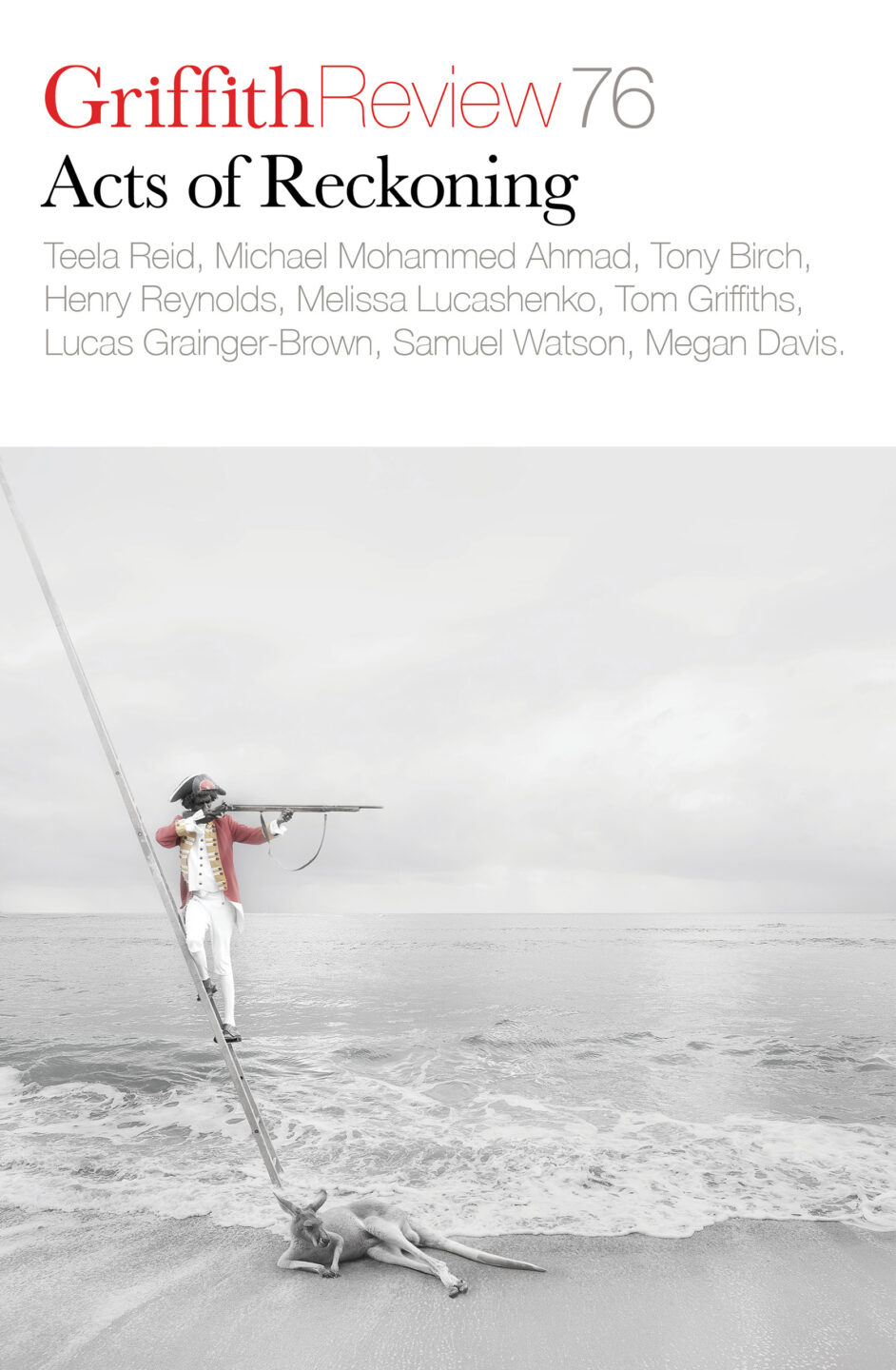
- Published 20220428
- ISBN: 978-1-922212-71-9
- Extent: 264pp
- Paperback (234 x 153mm), eBook
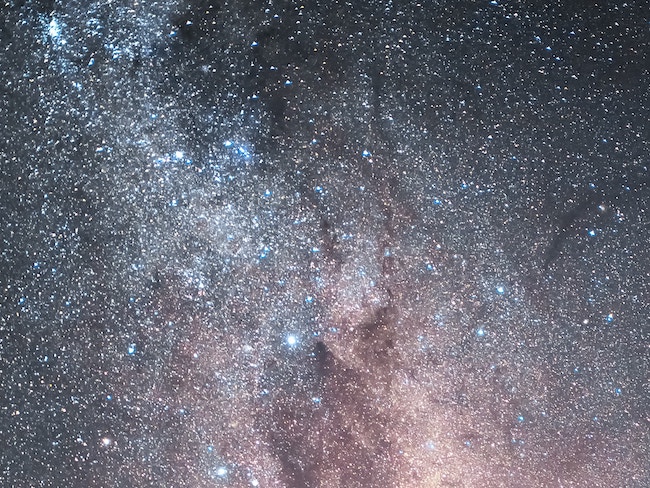

Already a subscriber? Sign in here
If you are an educator or student wishing to access content for study purposes please contact us at griffithreview@griffith.edu.au
Share article
More from author
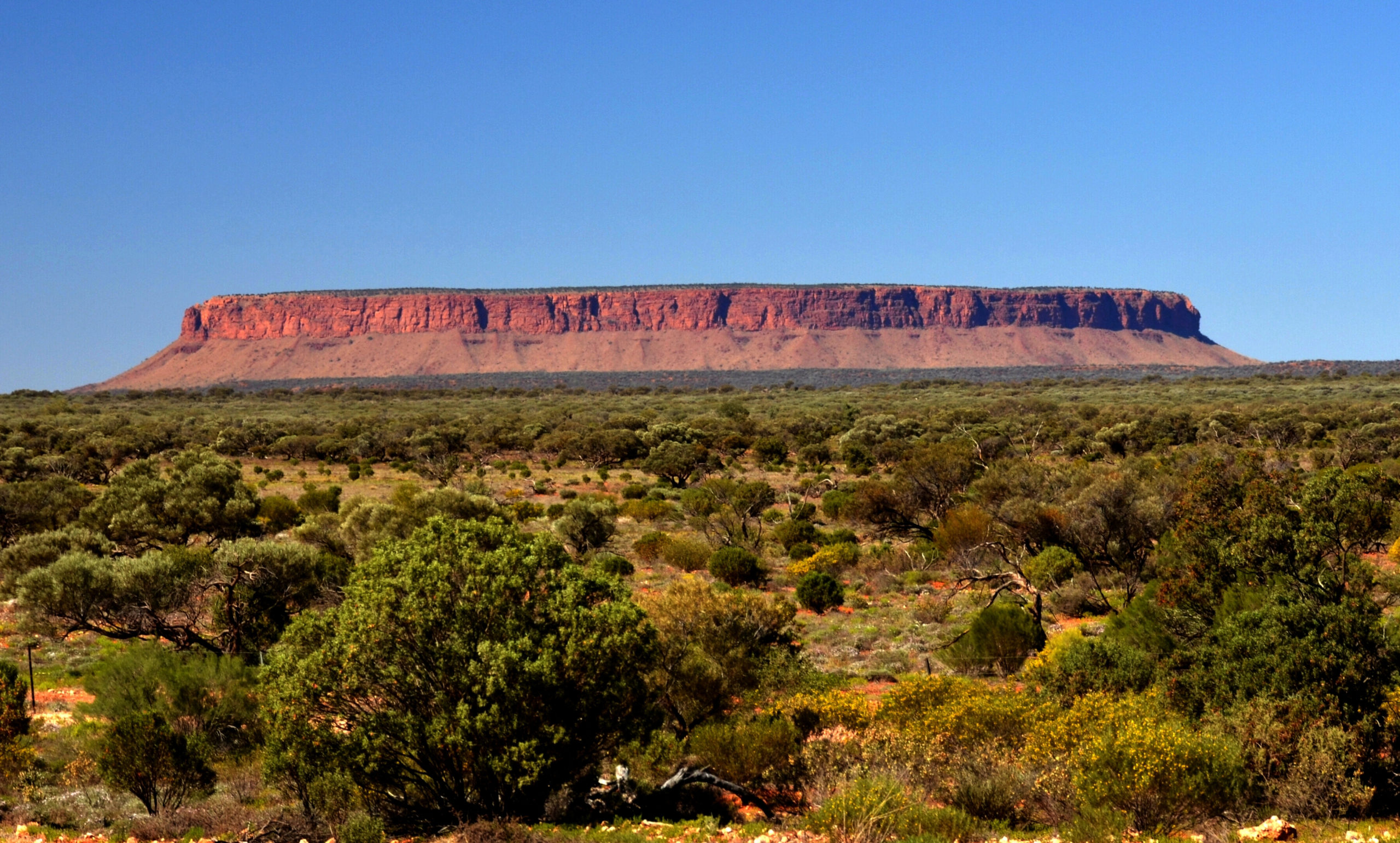
A dream that cannot be denied
GR OnlineSoon after the walk-off, the protest became much more than a claim for equal wages. The modern-day Gurindji dream, so reasonably proposed, was that they would live on their land, their way. They dared pursue a dream of a new relationship with broader Australia – one where Gurindji and kartiya could live as mates.
More from this edition
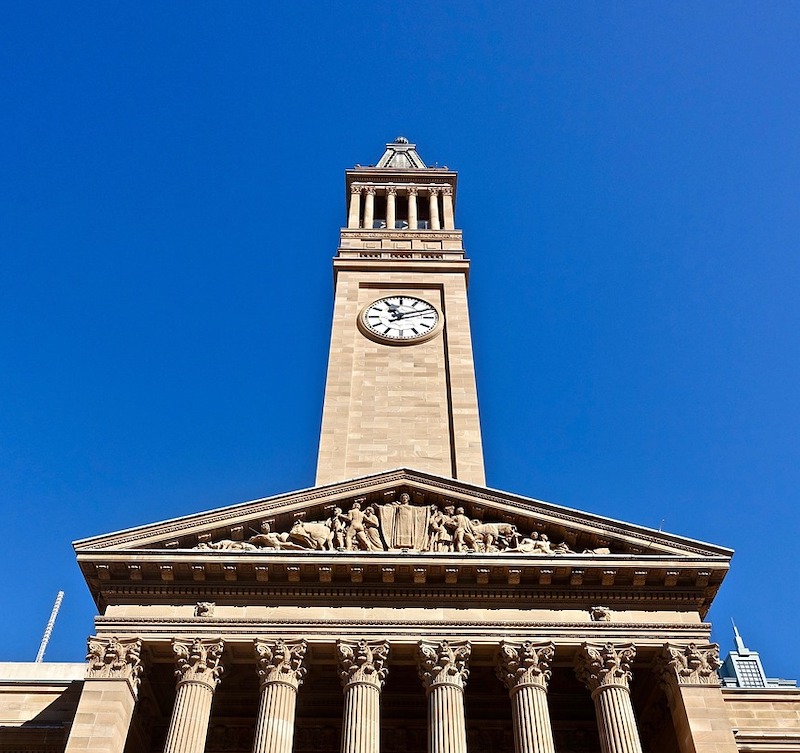
On the Queensland frontier
Essay THE 1850S BROUGHT dramatic changes to the Australian colonies – the gold rushes, the end of convict transportation in the eastern colonies, the granting of...
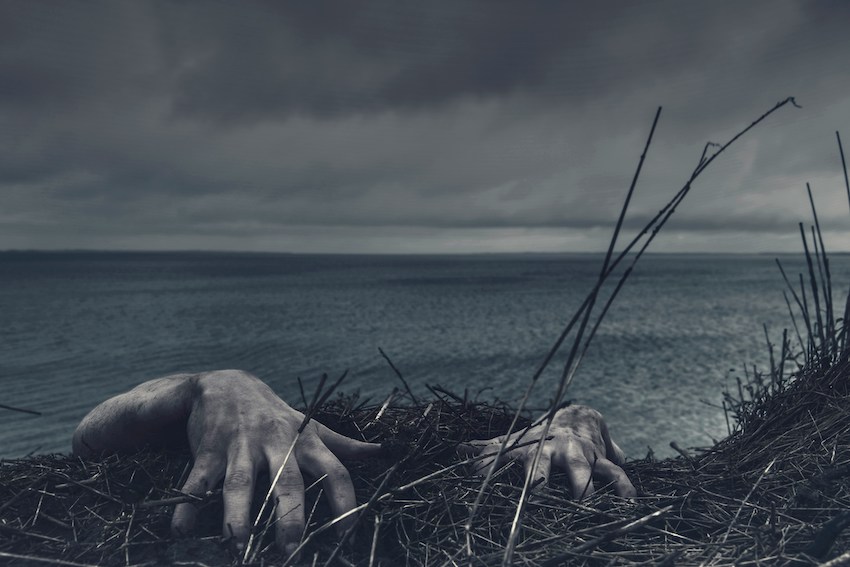
Zamby, zombi, zombie
Essay ANGRY MEN GATHERED in the dark of night at Bois Caïman, the Alligator Woods, under the shadow of the mountain Morne Rouge in northern...
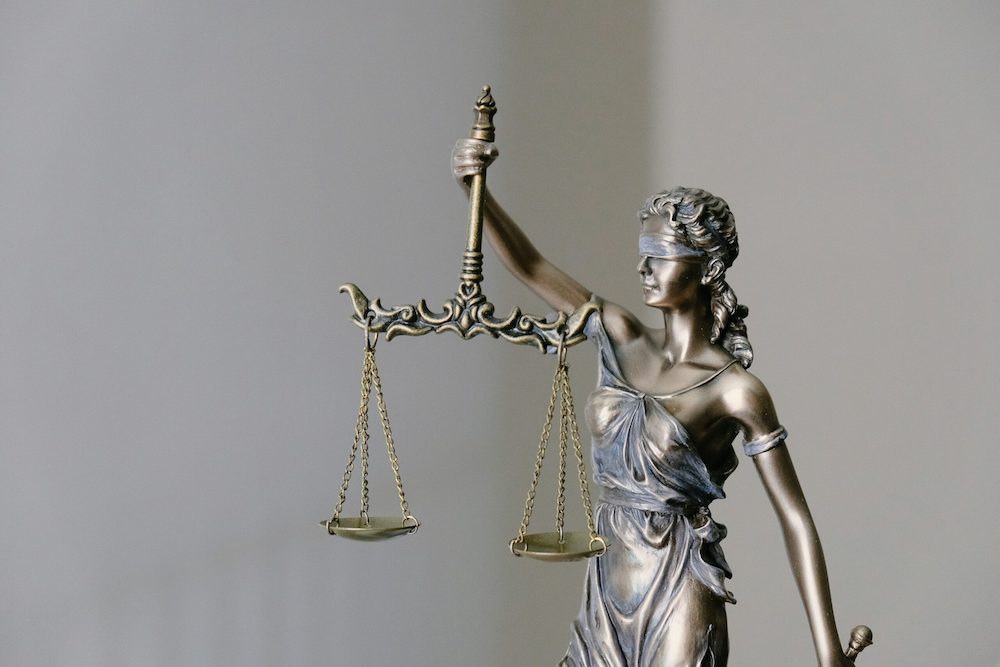
The God of the ‘God powers’
Essay [The Prime Minister’s staff discuss plans for Australia Day]Nick (senior political adviser): Who did Australian history? Murph?Murph (director central policy unit): American.Mel (senior media...